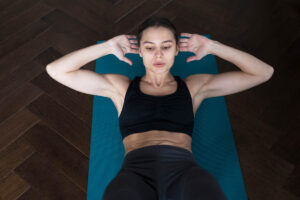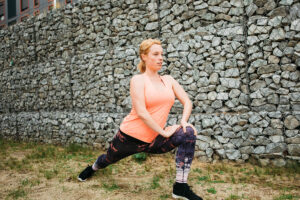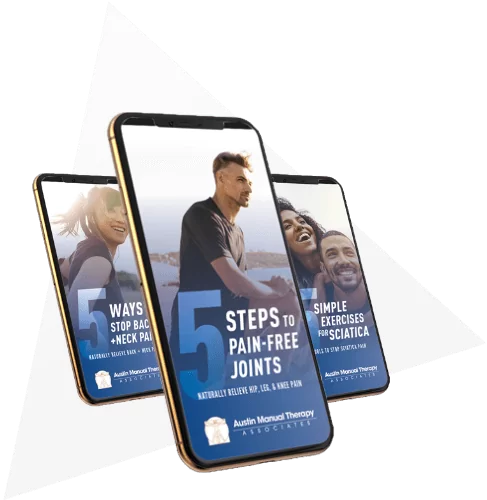Do you have pain when you squat? Are you afraid to squat because you are afraid it’s going to hurt or afraid you don’t know how to do it properly? Have no fear! We, the movement specialists, are here to the rescue.
Squats as an exercise are a beneficial way to build lower body strength and improve core stability. Squats are also a movement that everybody does on a daily basis without even realizing. Think about every time you get into and out of a chair, on and off a toilet, in and out of your car; you are actually performing a squatting movement. These repetitive movements, if done incorrectly, can eventually lead to break down of your joints.
The point of this post is to briefly talk about proper squat mechanics and to mainly give tips and cues on how to properly perform a pain-free squat.
Mechanics
The squat is a compound movement that involves movement at the hip, knee, and ankle simultaneously without allowing the spine to either flex or extends.
The initial movement of a squat is actually a hip hinge; the hips glide backwards without allowing the spine to be involved as the chest comes forward. Following the hip hinge, the knees flex and the ankles dorsiflex to complete the first half of the squat. The second half of the squat initiates with an extension from the hips and then the knees follow as you bring your chest back up to a neutral position. Break down in the squat usually occurs at two different points; during initiation of the squat and coming up from the bottom of the squat. The following are a set of cues and tips I give my patients to allow a pain-free squat.
Set-up Tips :
Feet should be about shoulder width apart, core engaged (throughout the whole movement), and head in a nice neutral line with the spine (chin down, back of the head up). Some people prefer a wider than shoulder width stance which is okay.
Squat Tips:
Initiate the squat by keeping the back nice and straight and allowing your hips to glide backwards. It is okay to allow your chest to come forward, but keep your head in a neutral line with your spine. I usually cue to “sit your hips back”. Once you have initiated the hip hinge you can allow your knees to bend. Do not allow those knees to buckle in and try to keep those shins vertical. I cue people to “drive those knees out”. The knee-cap should track in line with the 3rd toe. If this is hard for you with your toes completely straightforward you can angle them slightly outward.
Bottom of the Squat Tips:
Only go as low as your body will allow. For the general public, this will probably be above parallel which is okay. I would you much rather work on proper mechanics than to try to break parallel. Do NOT bottom-out or do the dreaded “butt-wink”.
The “butt-wink” usually occurs when the core stops being engaged and the hips stop gliding backward. If you notice this happening, stop your movement before you get to that point. Once you get to the bottom of the squat, your core should still be engaged, the head is still in line with your spine, and you want to initiate the movement by extending your hips. I cue people to “push through your heels” to get the posterior chain to fire. Once the hips begin to extend the knees can then follow to allow the return to neutral.
If you are having difficulty or pain with performing squats I would recommend coming in and seeing one of our highly trained physical therapists at Austin Manual Therapy Associates for a movement screen and assessment. We know SQUAT and can get you back into pain-free squatting!!
Check out this video for a quick demo.
Elaine Tsay, PT, DPT, FAAOMPT





